Mr. Nguyen Dinh Tung - Vice President of Vietnam Fruit and Vegetable Association had an interview with reporter of Industry and Trade Newspaper about this issue.
As 2023 comes to an end, Vietnamese fruits and vegetables have recorded record-breaking results. Can you share about this?
2023 is considered a successful year for Vietnamese fruits and vegetables when receiving many positive signals from the markets. Specifically, durian exports to the Chinese market earned more than 2 billion USD, a significant growth.
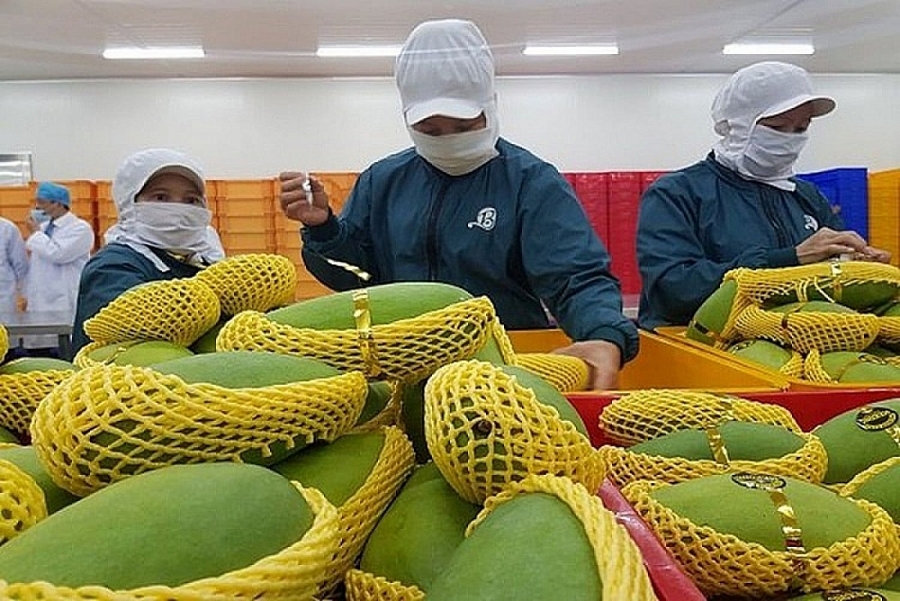 |
| Fruit and vegetable exports forecast to increase by 20% in 2024 |
As for the United States, this market has opened its doors to Vietnamese grapefruit and coconut. These factors have helped fruit exports to this market increase by about 30% compared to last year. In addition, grapefruit and lemons have entered the New Zealand market. This is a very good market for Vietnamese grapefruit and seedless lemons. These factors have contributed to the remarkable growth of fruit and vegetable exports.
In addition, with traditional fruits, we still maintain the market growth rate. From there, it helps the overall picture of fruit and vegetable exports to have great growth.
In the EU market, with the EVFTA, we have been able to export a number of stable products such as bananas, durian, coconut, longan and spices.
In the Japanese market, after dragon fruit, mango and lychee, fresh longan has also been opened to this market. Entering this demanding market means that Vietnamese fruits in general, and longan in particular, will have the opportunity to conquer other developed countries,...
It can be seen that Vietnamese fruits and vegetables have covered all markets and are increasingly present in the most demanding markets. The Vietnamese fruit and vegetable industry has an increasingly solid position in the world market.
In 2023, there will also be some negative news when some fruits and vegetables are recalled and destroyed. In the context of increasingly strict export markets, what should businesses do, sir?
It can be said that negotiating to bring a type of fruit or vegetable into a market is very difficult. We have to meet many technical criteria of the market and when the market accepts and allows official import, this is a big step forward.
However, opening the market is only the first step. To maintain and develop the market, it requires the cooperation and consensus of many parties. In particular, the enterprise that brings the product must be responsible.
 |
| Mr. Nguyen Dinh Tung - Vice President of Vietnam Fruit and Vegetable Association |
For example, with the Japanese market, Vietnam's durian export is only 1.5 tons, this is not a very large number in the total durian export output of Vietnam.
But clearly, if we do not do well, it will affect the image and brand of durian in general and of the entire Vietnamese fruit and vegetable industry.
From negative information, other markets will see that they will also increase inspection and control. This will lead to huge risks in exporting fruits in particular and vegetables in general.
Or the story of chili pepper exports to the Korean market. After warnings to Vietnamese businesses about violations of pesticide residue levels on Vietnamese agricultural products exported to Korea, especially frozen chili peppers, Korean authorities will strengthen inspection and control of this item. Specifically, frozen chili peppers from Vietnam are in the inspection period from March 31, 2023 to March 30, 2024 for 7 types of pesticide residues: Diniconazole, Tolfenpyrad, Tricyclazole, Permethrin, Dimethoate, Isoprothiolein, Methominostrobin.
It can be seen that export markets are increasingly raising technical barriers. Participating in this playground, all businesses must ensure that they meet the requirements of the market they will export to. This is an essential condition. If they do not ensure this, the first loss will belong to the business, at least they will lose money, compensate for the contract, at worst they will be blacklisted in that market and will not be able to export. This causes damage not only to businesses but more seriously it will affect the image of the entire fruit and vegetable industry in Vietnam.
This problem is not only in Vietnam, in the world, countries sometimes also face this risk. Here we want to say that it is not about looking at the risks and difficulties that discourage businesses, but here businesses advise each other to be more careful, to do better in order to maintain the export market.
The EU is the world's largest fruit and vegetable import market, but Vietnam's market share only accounts for 0.18% of the EU's total import value. What is the reason, sir?
Vietnam – EU has signed the EVFTA Agreement. The EU market allows all kinds of Vietnamese fruits and vegetables to be exported to this market. We also do not have to go through the negotiation barriers to open the fruit and vegetable export market of the two countries. This is an advantage!
However, the current difficulty is long-distance transportation and very difficult technical barriers. For example, the US market only lists 7 banned substances and has very clear regulations on importing fruits and vegetables into this market. But with the EU market, they list more than 30 banned substances and regularly introduce new substances. When Vietnamese goods enter this market, the inspection rate is very high, sometimes up to 100%, sometimes 70 - 80%. And when the goods are inspected, even if they pass, there is no time to sell them on the market. Vegetables must be transported by plane, the cost is high, and they can only be preserved for 3 - 4 days, while the testing time takes 1 - 2 days, leading to businesses not having time to sell.
Therefore, businesses can only export long-lasting products such as grapefruit, coconut, longan, or products with thick skin and low risk such as fresh durian by air.
Thus, geographical factors and technical barriers are the main reasons why the export proportion of Vietnamese fruits and vegetables in the EU market is still modest. In addition, when the number of Vietnamese goods entering the EU market is small, the presence of Vietnamese goods in the market is not much, so consumers will choose products from other countries to use.
As with other markets such as the United States, Australia, China, we have achieved large output, and there is increasing growth, and a better presence with consumers in the export market. In particular, in the US market, compared to 2008, when dragon fruit was first exported, up to now, there have been 8 types of fresh fruit from Vietnam that have been officially licensed for export to the United States, including mango, longan, lychee, dragon fruit, rambutan, star apple, grapefruit, and coconut. All types of fruit sell very well, except for seasonal types and those without good preservation technology and sold by air, so our output is limited.
It can be seen that 2023 is a successful year for Vietnamese fruits and vegetables. What do you think about this industry in 2024?
The market picture in 2024 is very bright for the agricultural industry, as well as Vietnamese fruits and vegetables, as many types of fruits are opened up to many new markets.
For example, watermelon, in the past, we mainly sold at border markets, the data was not recorded. Just like the Vietnamese durian brand, which has a good position in the Chinese market. When Vietnam and China signed the Protocol to Open Official Trade, it helped watermelon grow exceptionally well in this country of 1.4 billion people.
Therefore, fruit and vegetable export turnover is forecast to grow by 15 - 20% compared to 2023, equivalent to 6.5 - 7 billion USD if opportunities are well exploited.
The market opportunities are huge but we must be extremely careful in food safety issues. When entering any market, we must understand the rules of the game, understand the technical barriers of the importing country's market. Strengthen marketing activities, build the brand image of Vietnamese fruits and vegetables in export markets.
The world fruit and vegetable market is huge for Vietnam to exploit. In the total fruit and vegetable export turnover of the world, Vietnam's fruit and vegetable export turnover only accounts for about 2 - 3%.
Thank you!
Source link



![[Photo] Looking back at the impressive moments of the Vietnamese rescue team in Myanmar](https://vstatic.vietnam.vn/vietnam/resource/IMAGE/2025/4/11/5623ca902a934e19b604c718265249d0)



![[Photo] "Beauties" participate in the parade rehearsal at Bien Hoa airport](https://vstatic.vietnam.vn/vietnam/resource/IMAGE/2025/4/11/155502af3384431e918de0e2e585d13a)

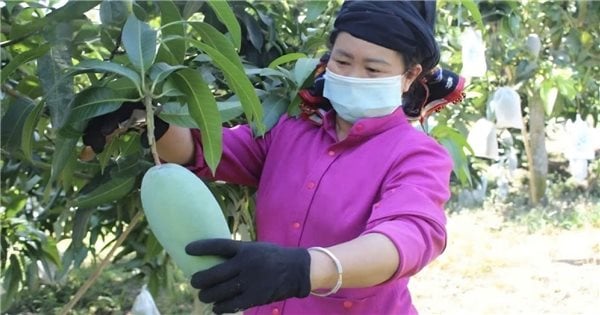

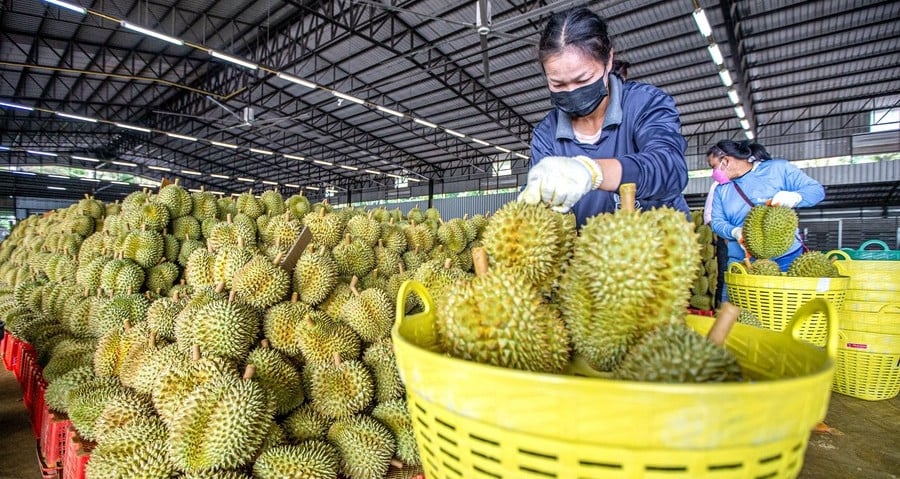

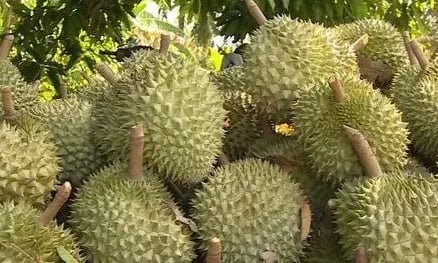

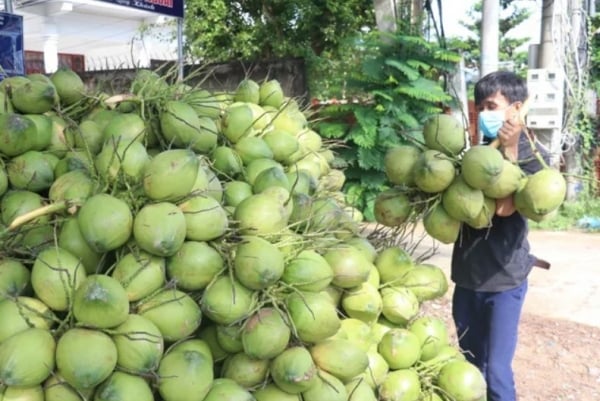
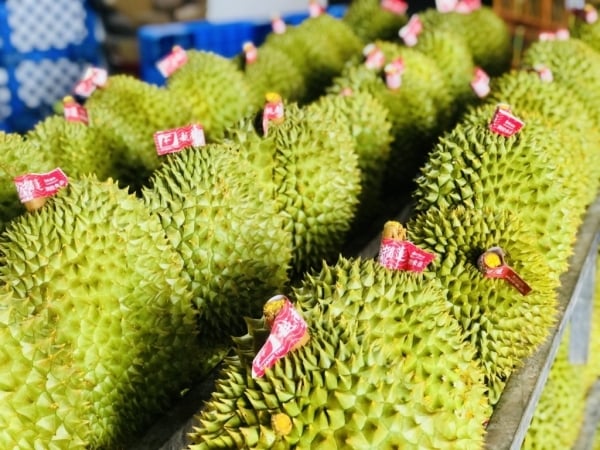


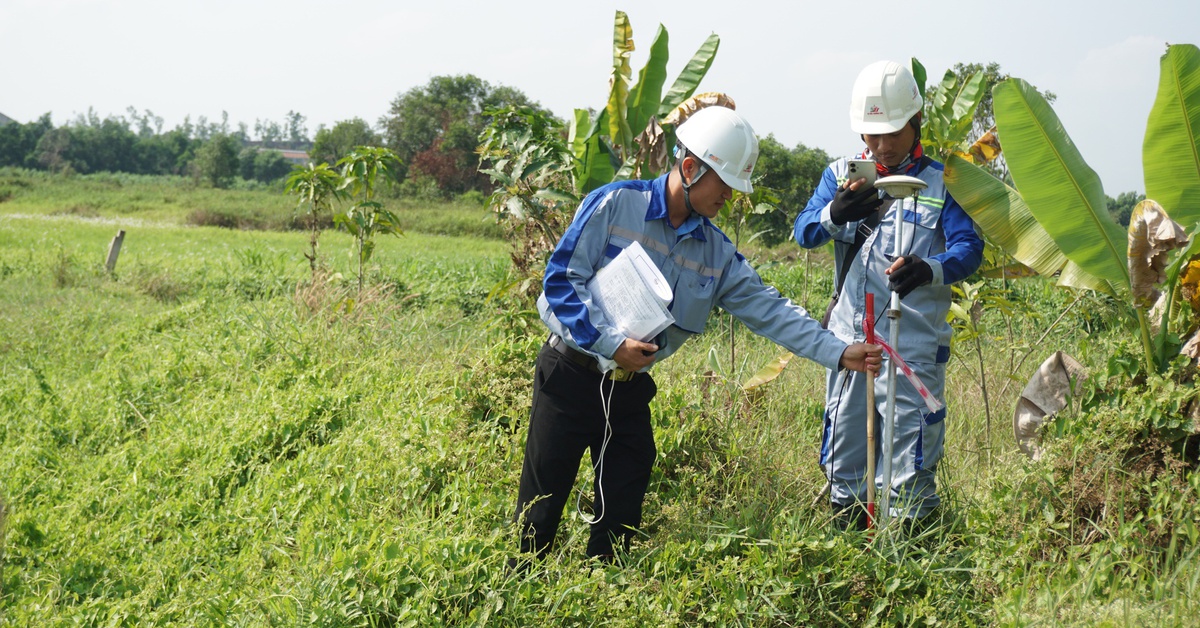







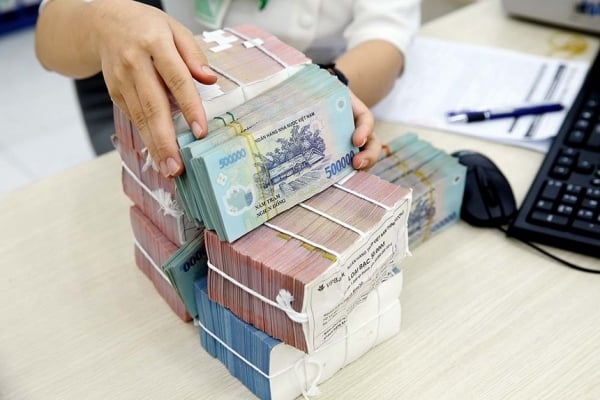




![[Photo] Summary of parade practice in preparation for the April 30th celebration](https://vstatic.vietnam.vn/vietnam/resource/IMAGE/2025/4/11/78cfee0f2cc045b387ff1a4362b5950f)




























































Comment (0)